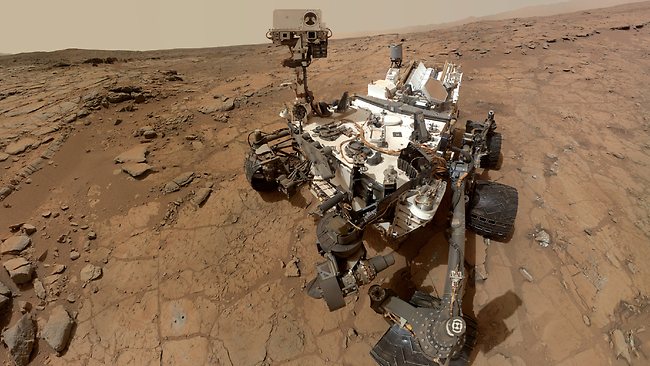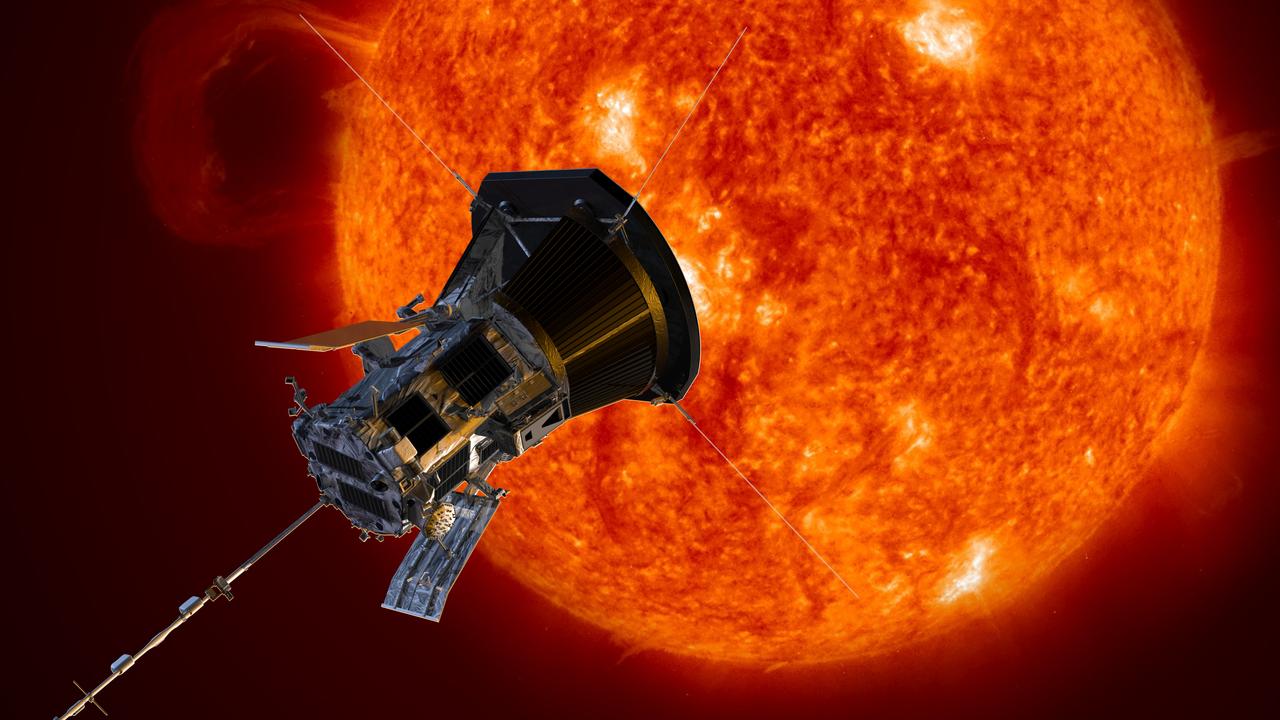British scientists claim to have found proof of alien life
A TEAM of British scientists is convinced it has found proof of alien life, after it harvested strange organisms from the edge of space.
A TEAM of British scientists is convinced it has found proof of alien life, after it harvested strange organisms from the edge of space.
The scientists came to the startling conclusion after a balloon sent 27 kilometres into the stratosphere came back carrying small biological organisms believed to have originated from space.
Professor Milton Wainwright, of the University of Sheffield’s Department of Molecular Biology and Biotechnology, says he is "95 per cent convinced" the organisms do not originate from Earth.
"By all known information that science has, we know that they must be coming in from space," he said. "There is no known mechanism by which these life forms can achieve that height. As far as we can tell from known physics, they must be incoming.
MORE: Download the full study here
"If life does continue to arrive from space then we have to completely change our view of biology and evolution. New textbooks will have to be written!

"If they came from Earth, we would expect to see stuff that we find on Earth commonly, like pollen."
Instead, some of the samples were captured covered with cosmic dust.
The group of scientists involved in the study believes the particles are coming from comets, which are large balls of ice travelling through space at high speed. The samples were collected during a meteorite show, when a comet melted and released the organisms as it broke down.
"The particles are very clean," added Professor Wainwright. "[Cosmic] dust isn't stuck to them, so we think they came from an aquatic environment, and the most obvious aquatic environment in space is a comet.”
The organisms probably contain DNA, supporting the notion that life on Earth may itself have extraterrestrial origins.

"If we're right, it means that there's life in space, and it's coming to Earth. It means that life on Earth probably originated in space," said Professor Wainwright.
Responding to suggestions the life forms could have arrived in the upper atmosphere after being blasted into the upper atmosphere by a volcano, Professor Wainwright said the organisms were too big to be lifted that height from Earth.
"The only known exception is by a violent volcanic eruption," he said. "The last volcano was three years ago, and the matter has all been deposited by now.”
The balloon was launched near the city of Chester in the United Kingdom on July 31, carrying microscopic studs which acted as a kind of "fly paper" to capture particles when they they were exposed some 27km above the Earth's surface. The balloon later landed near Wakefield.
The team will seek to confirm their findings by sending another balloon up in October - a trip timed to coincide with the passage of the Earth through a meteorite shower associated with the orbit of Halley's Comet.

"We will take some of the samples which we have isolated from the stratosphere and introduce them into a complex machine a button will be pressed. If the ratio of certain isotopes gives one number then our organisms are from Earth, if it gives another, then they are from space. The tension will obviously be almost impossible to live with!'' Prof Wainwright said.
The group’s findings have been published in the Journal of Cosmology and updated versions will appear in the same journal.
Meanwhile, NASA's Curiosity rover has sniffed Martian air and there's no sign of methane.
RELATED: "Farts" will lead us to find alien life - report
Scientists say the lack of methane in Curiosity's experiments does not bode well for the search for microbial life underground.

This contradicts previous observations from orbiting spacecraft and Earth-based telescopes that found plumes of methane on Mars.
Curiosity landed in Gale Crater near the Martian equator last year. For the first eight months, it used a tiny laser to sample the air, but came up empty-handed in the search for methane.
Curiosity is headed toward a mountain and will continue to hunt for methane during the long drive.
Curiosity previously found evidence of an ancient environment that could have once been suitable for microscopic life. Scientists still hope to uncover signs of organic molecules, considered the chemical building blocks of life, at the base of Mount Sharp.
RELATED: India's "Red Rain" may contain alien life - Professor



